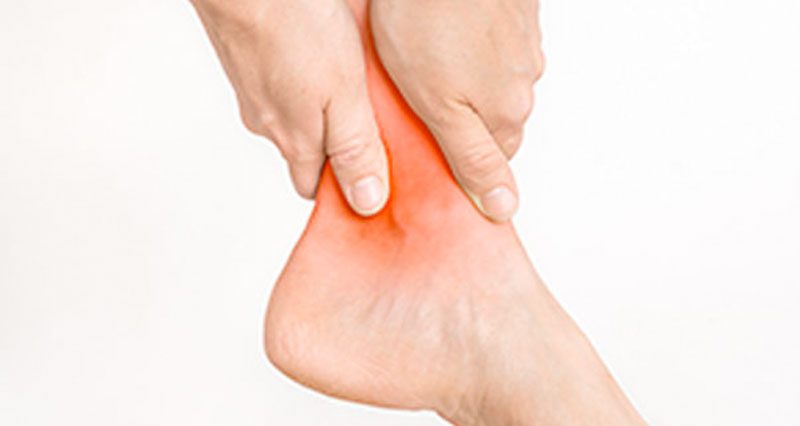A sports medicine physician can try to make this diagnosis by physical examination recreating the patient s symptoms by palpation of the area of inflammation and impingement.
Medial gutter impingement.
The anteromedial gutter or recess is formed superficially by the anteromedial joint capsule laterally by the talar dome body and neck medially by the medial malleolus and inferiorly by the anterior tibiotalar fascicle of the deltoid ligament anterior tibiotalar ligament or attl figure 3.
Anterior ankle impingement typically occurs in athletes who have played years in sports that involve a kicking motion or repeated ankle extremes of motion.
Posteromedial impingement is an uncommon cause of posteromedial ankle pain after a severe ankle inversion injury in which the deep posterior fibers of the medial deltoid ligament become crushed between the medial wall of the talus and the medial malleolus.
Often nonoperative management is not successful in the setting of impingement after tar.
Ankle impingement can hurt along the medial gutter as well white circle.
The incidence of gutter impingement was determined for patients with and without preemptive gutter resection at the time of implantation.
The subsequent fibrosis and thickening of the injured posterior tibiotalar ligament and posteromedial capsule cause impingement between the medial wall of the talus and posterior margin of the medial malleolus resulting in formation of collagenous and fibrous meniscoid lesions and synovitis at the posteromedial ankle.
Disturbing the cortex and periosteum with bone resection causes release of osteoblasts and mesenchymal stem cells initiating ossification 9 additionally oversizing the talar component can lead to gutter impingement 10.
If impingement should occur it typically arises an average of 17 months after total ankle replacement.
Impingement after tar can be a source of pain and decreased patient satisfaction which in turn results in poor outcomes.
Thus surgery is often pursued.
Initially posteromedial symptoms do not predominate compared with the symptoms of the lateral ligament disruption and they usually resolve without specific treatment.
Medial gutter impingement was more common than lateral in our study but both were usually affected.
X rays are often unremarkable but an mri or mr arthrogram may demonstrate the impingement.
The functional outcome of 30 of the 34 patients who had subsequent gutter debridement was determined with 3 different outcome instruments.
Rates of medial and or lateral gutter impingement after total ankle replacement are not insignificant.
Anterior ankle impingement is a source of chronic ankle pain seen in athletes that complain of longstanding chronic pain in the front of their ankle.
1 impingement is of an unknown complex etiology and is likely multifactorial.















